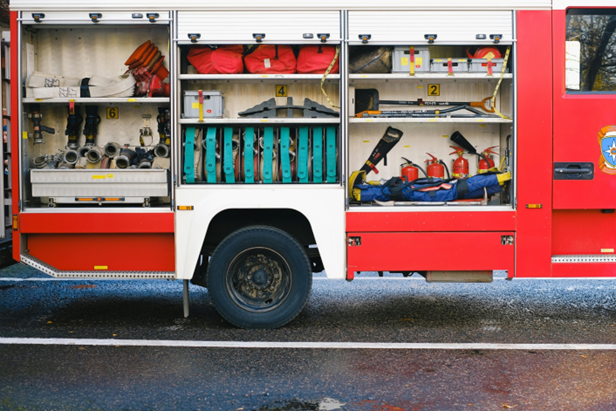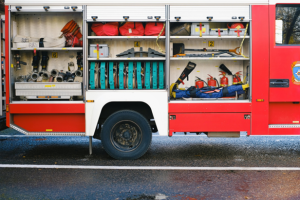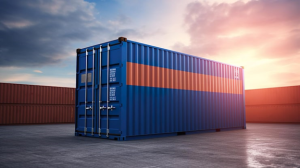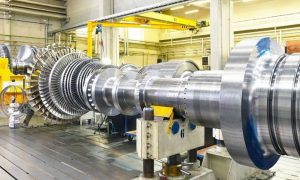Commercial vehicles play a vital role in industries such as logistics, construction, delivery, and public transportation. These vehicles, ranging from vans and trucks to specialized service vehicles, require the right equipment to operate safely, efficiently, and in compliance with regulations. Outfitting commercial vehicles with proper equipment not only improves performance but also helps protect drivers, cargo, and the company’s investment.
The Importance of Proper Vehicle Equipment
In the business world, cars are not only means of transport, but moving offices as well. Every vehicle has to be furnished to suit the specific needs of its purpose, be it the transportation of goods, customer service or transportation of materials. Adequate vehicle equipment guarantee:
Safety: Minimizes the chance of accidents and injury at the workplace or on the road.
Efficiency: Assists drivers to accomplish their duties in quicker and easier ways.
Compliance: Conformity to legal and industry requirements of business.
Durability: Helps increase the life of the car by avoiding wear and tear.
The investment in the appropriate equipment will help companies reduce their operational costs and decrease the downtime and save the professional image. Read this article to learn more about the importance of proper vehicle equipment.
Essential Equipment for Commercial Vehicles
The nature of the business and car usage would determine the type of equipment required. Nevertheless, there are a number of types of equipment that are universally helpful in the majority of commercial fleets.
1. Shipping and Cargo Handling Equipment
In businesses which handle the transportation of goods/materials, efficient loading with security is necessary. Cargo management equipment includes:
- Easy accessibility to heavy objects and the safer handling with lifting and loading ramps.
- Tie-downs, E-track, and cargo nets to allow securing loads during the transport.
- Shelves and storage bins of service vehicles that transporting tools and parts.
- Liftgate and cranes of heavy-duty trucks that demand the use of mechanical lifting.
Good load management devices eliminate the chances of accidents during a shift in the cargo and the safe delivery of goods to the market.
2. Safety Equipment
The paramount concern of any business activity is safety. The cars should be equipped with equipment and devices that will aid in avoiding accidents and also assist in effective response during emergencies. Examples of common safety equipment are:
- First aid and fire extinguishers to respond to an emergency.
- Reflective vests and triangles to make them more noticeable in case of a breakdown or a pullover.
- Reverse cameras and sensors that will help in reversing and parking in narrow spaces.
- Dash cameras to capture driving accidents and shield the company against liability suits.
Inspired fleets also have developed driver assistant systems (ADAS) like the lane leaving warnings, blind-spots, and automatic brakes. You can visit this site to read more about safety equipment for commercial vehicles.
3. Marketing and Tracking Systems
In the era of digital logistics, communication and tracking system plays a crucial role in the management of commercial fleet. The popular technologies are:
- GPS tracking to tell the routes, schedule delivery routes and use less fuel.
- Two way radios and mobile communication gadgets to keep in touch with dispatch teams.
- Telematics to monitor the performance of the vehicle, driver behavior and maintenance requirements.
These systems do not only enable efficiency but also generate useful data, which may be utilized to optimize the operations and make them cost-effective.
4. Accessories Comfort and Convenience
A comfortable cab will enable drivers to be productive, concentrated and comfortable throughout the extended road time. Useful accessories include:
- Comfortable ergonomic seats and climate control.
- Bluetooth and hands-free phone mounts.
- Organizers, cup holders and compartments to store items in the cabin.
The comfort of the drivers is a factor that is not given much attention but contributes greatly to eliminating fatigue and enhancing job satisfaction.
Maintenance and Inspection Equipment
Commercial vehicles are safe and reliable due to regular maintenance. Providing cars with bewährte Fahrzeugeinrichtung für Nutzfahrzeuge necessary maintenance equipment: tire pressure indicators, portable air compressors, diagnostic tools, etc., may help motorists resolve small problems before turning them into expensive maintenance expenses.
Fleet managers are also expected to create inspection checklists and make sure that any vehicle will have a documentation that will be used to maintain and record compliance.
Conclusion
Equipping commercial vehicles properly is an investment that pays off in performance, safety, and long-term savings. From basic safety tools to advanced telematics and cargo management systems, the right equipment ensures that every trip is efficient, compliant, and secure.
Whether managing a fleet of delivery vans or heavy-duty trucks, business owners must prioritize quality equipment to support their drivers and protect their assets. In today’s competitive environment, a well-equipped commercial vehicle isn’t just a tool, it’s a cornerstone of operational excellence.






More Stories
Best Ways to Use Shipping Containers for Residential and Commercial Projects in Montana
Why Do Power Plants Still Use Steam Turbines?
Risk Management Strategies for Every Trader